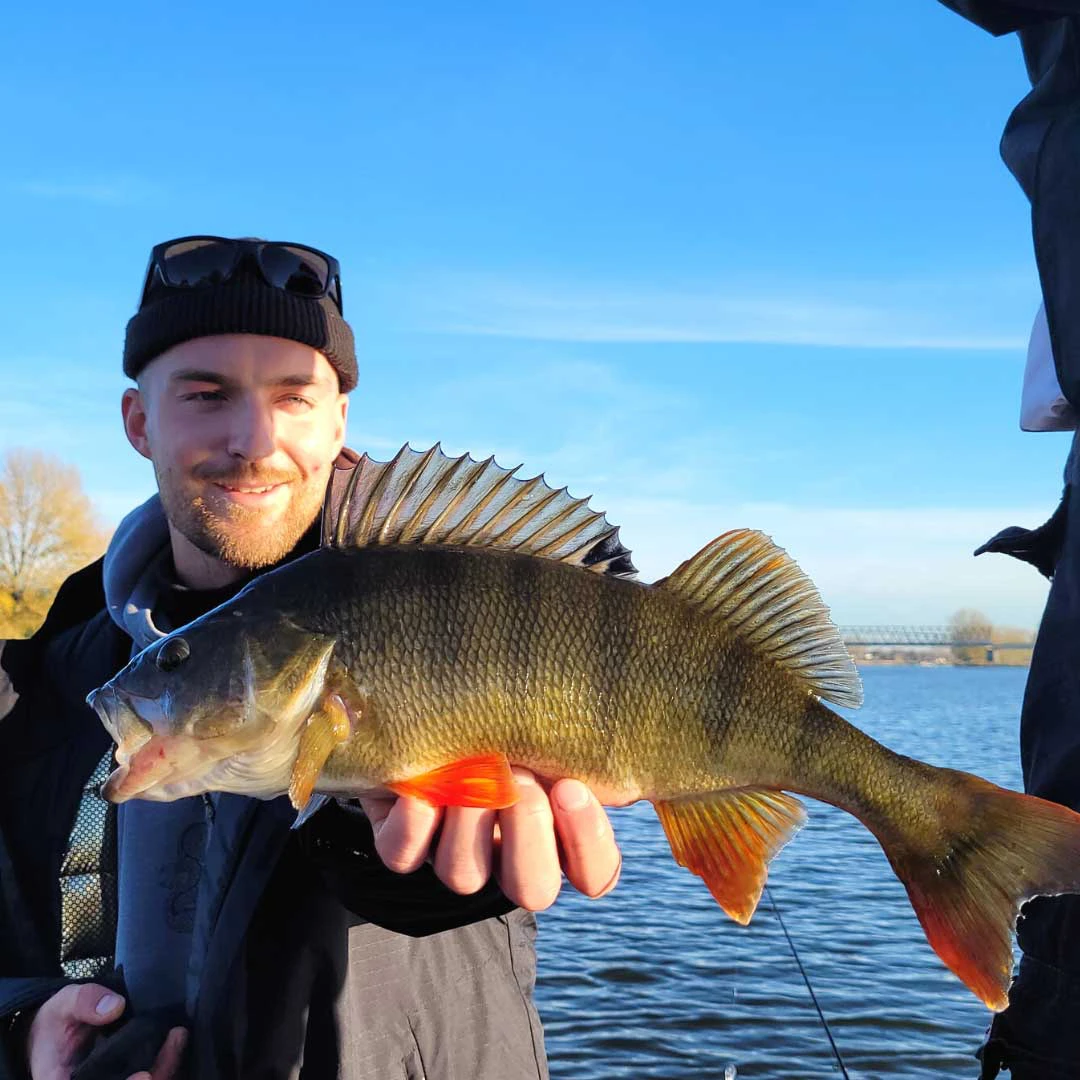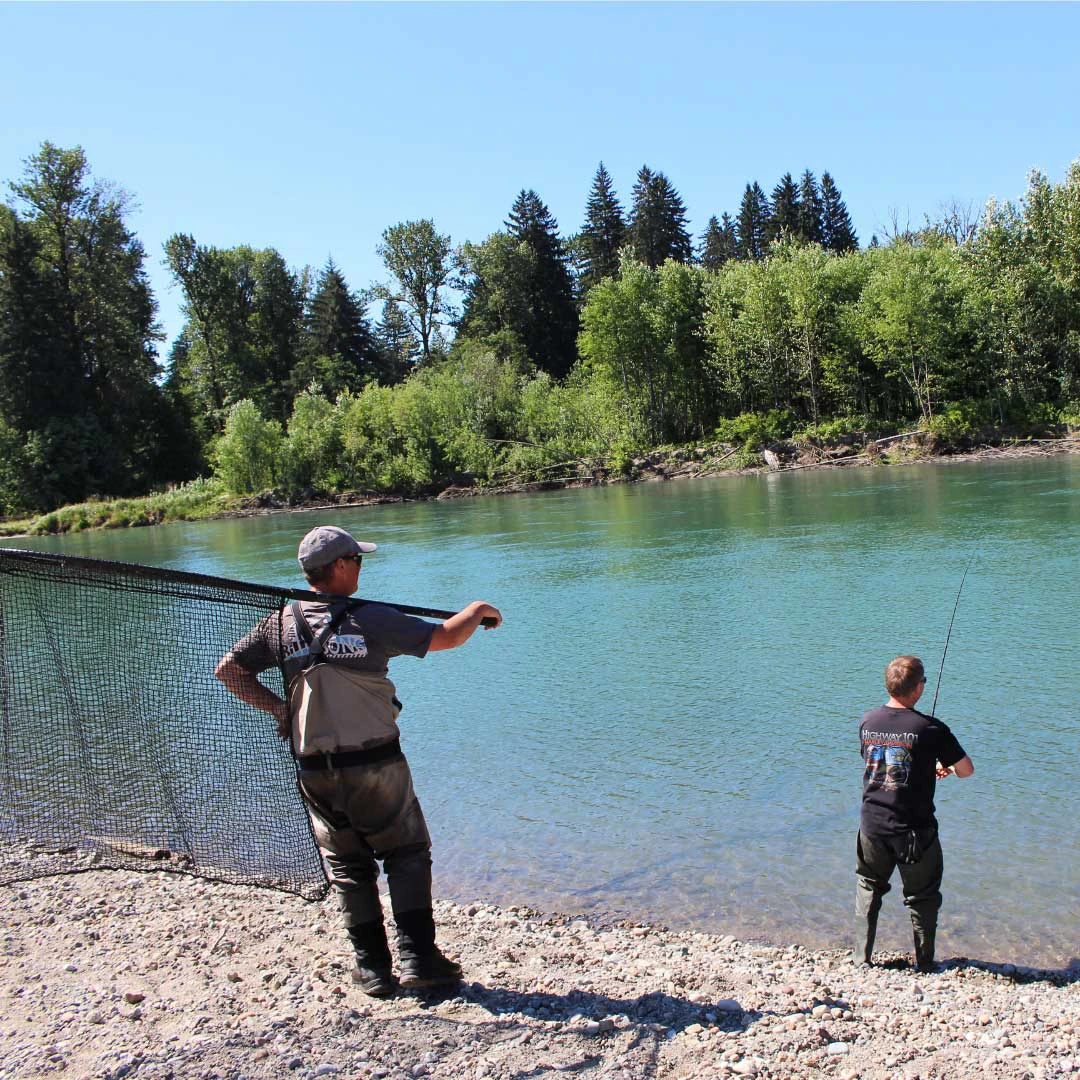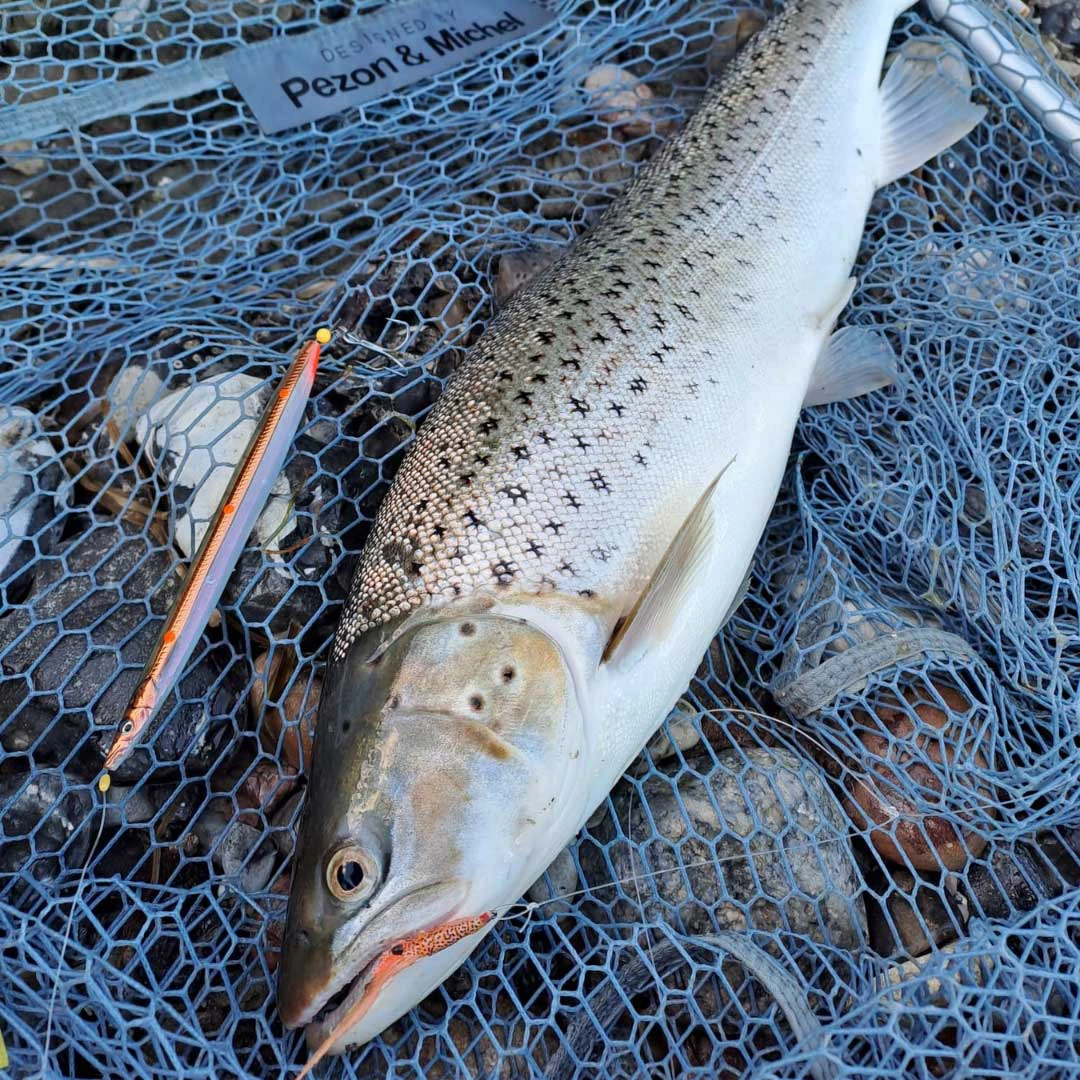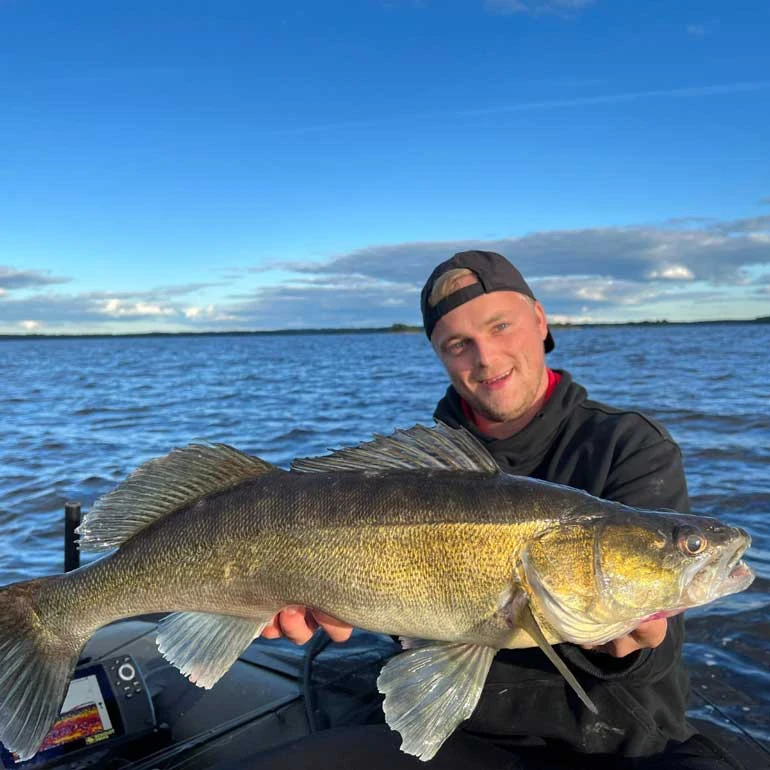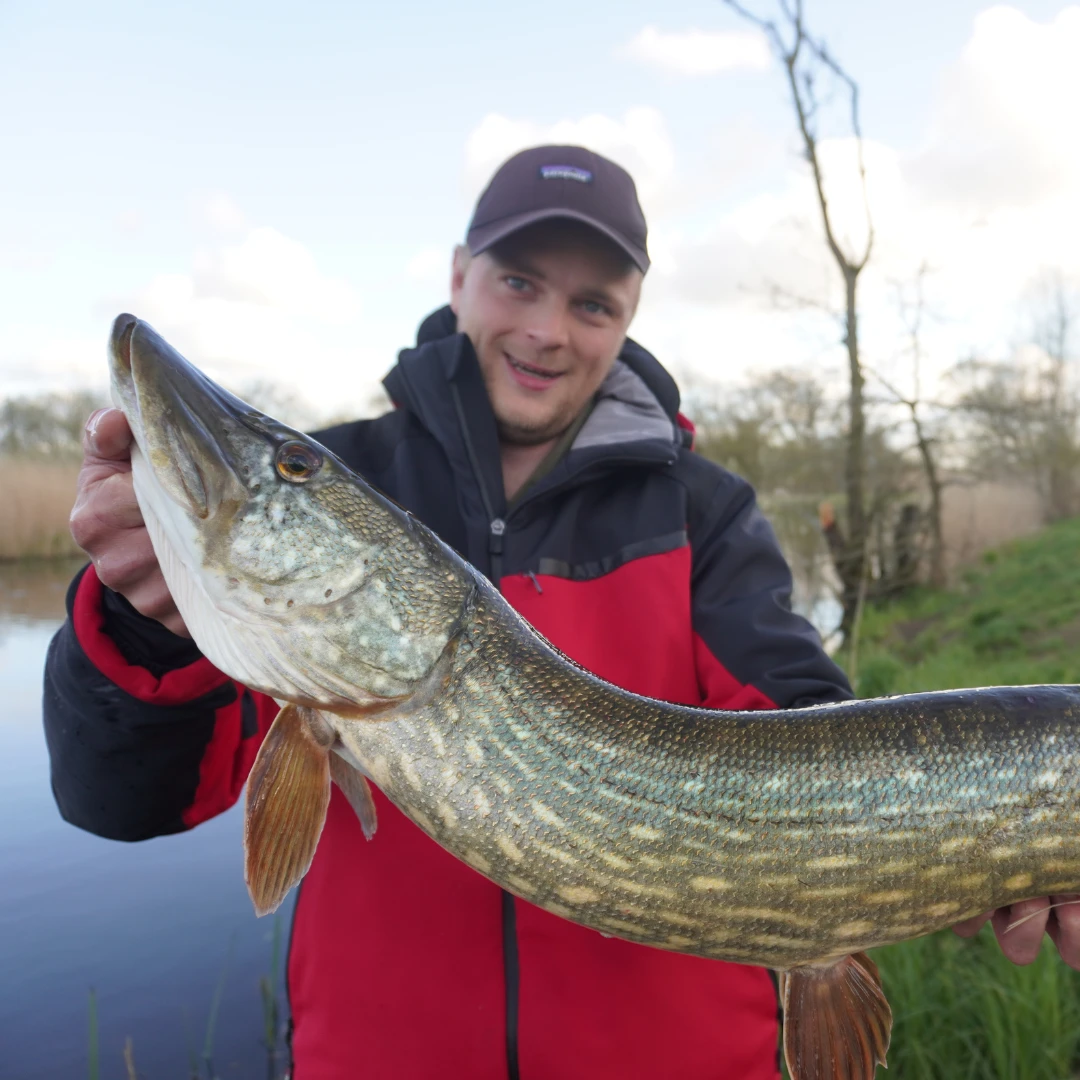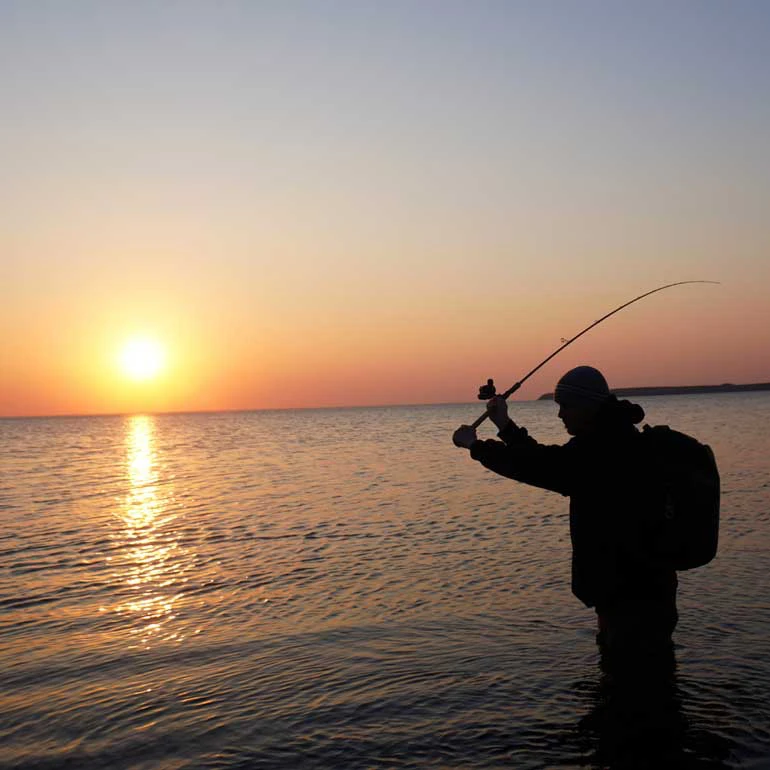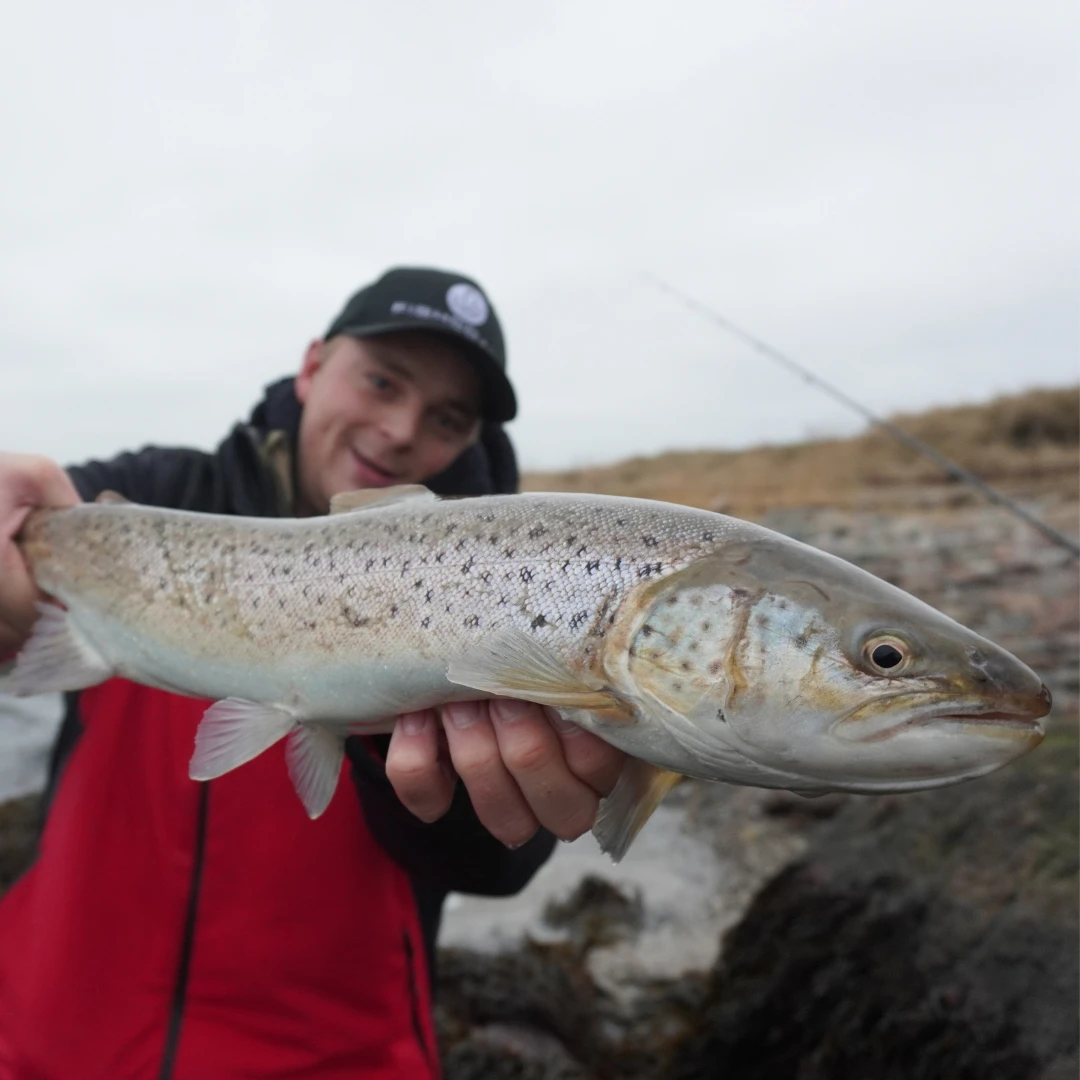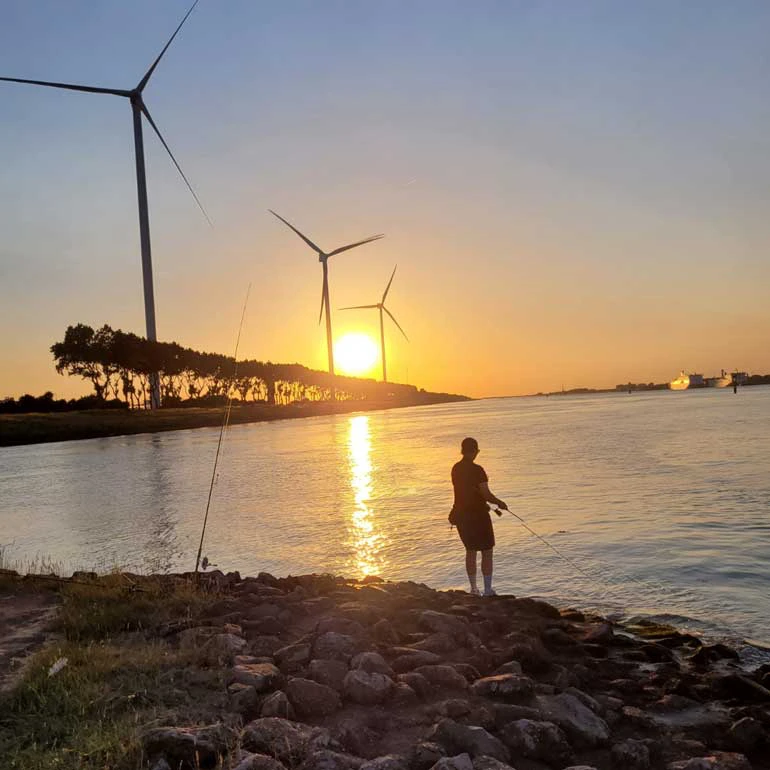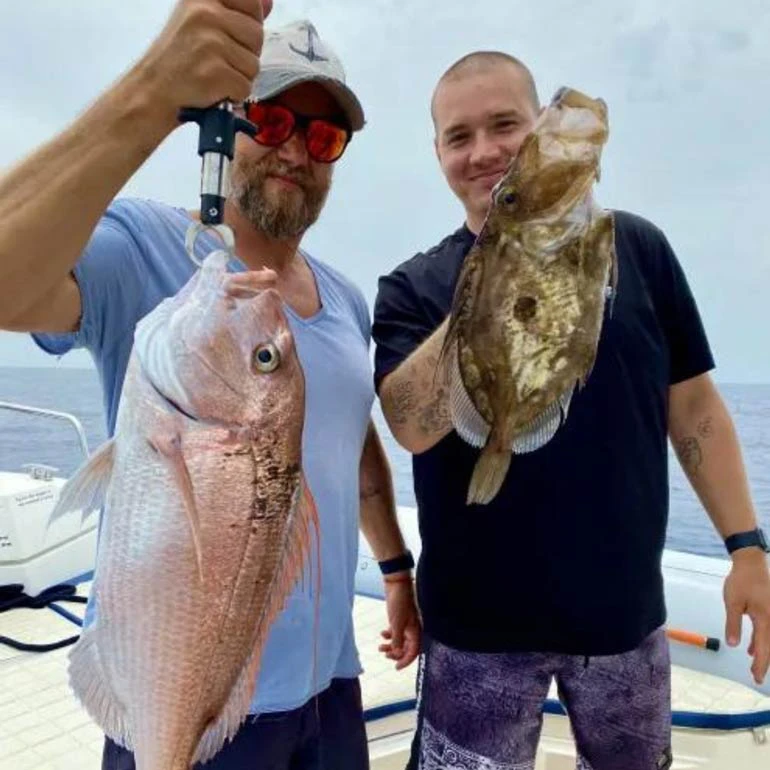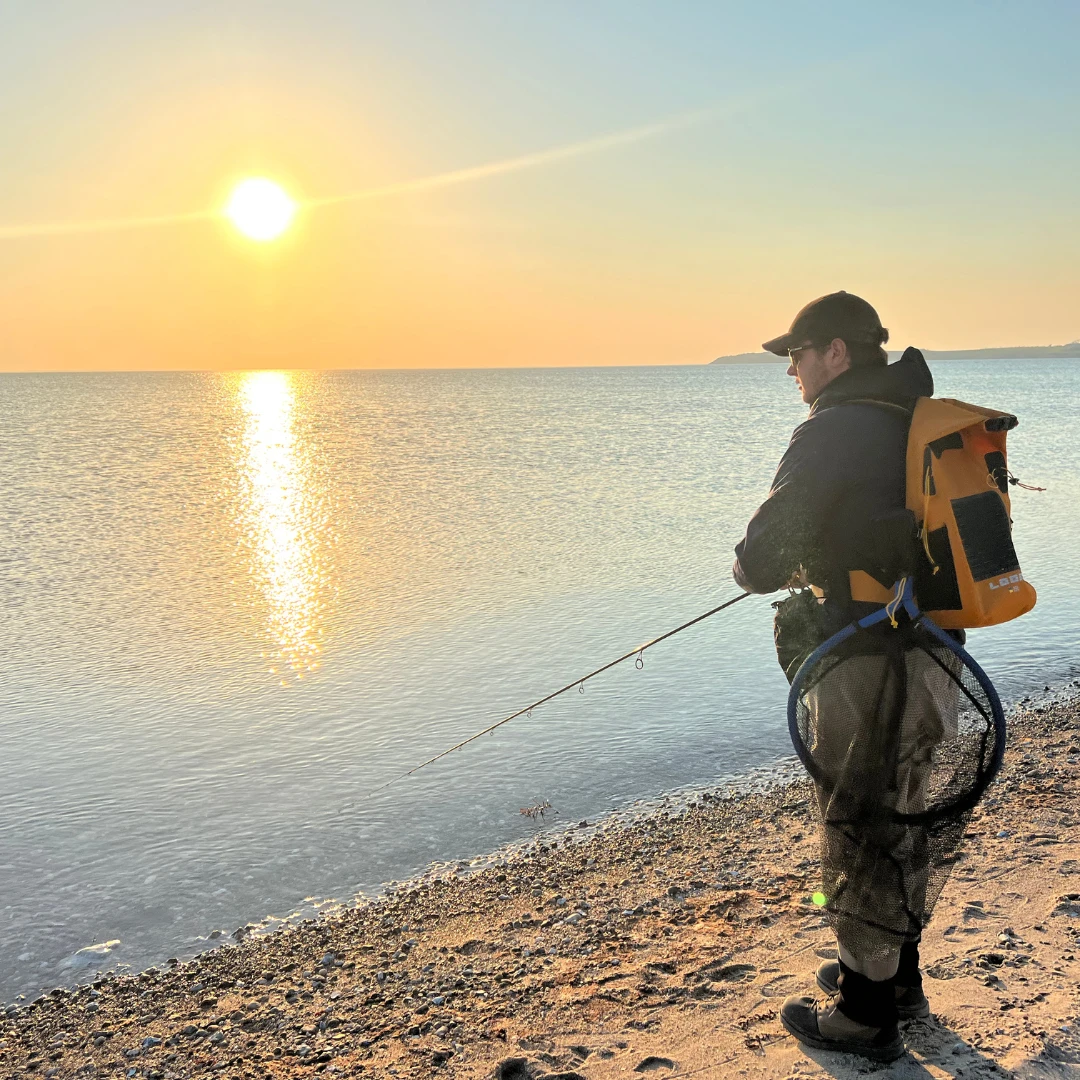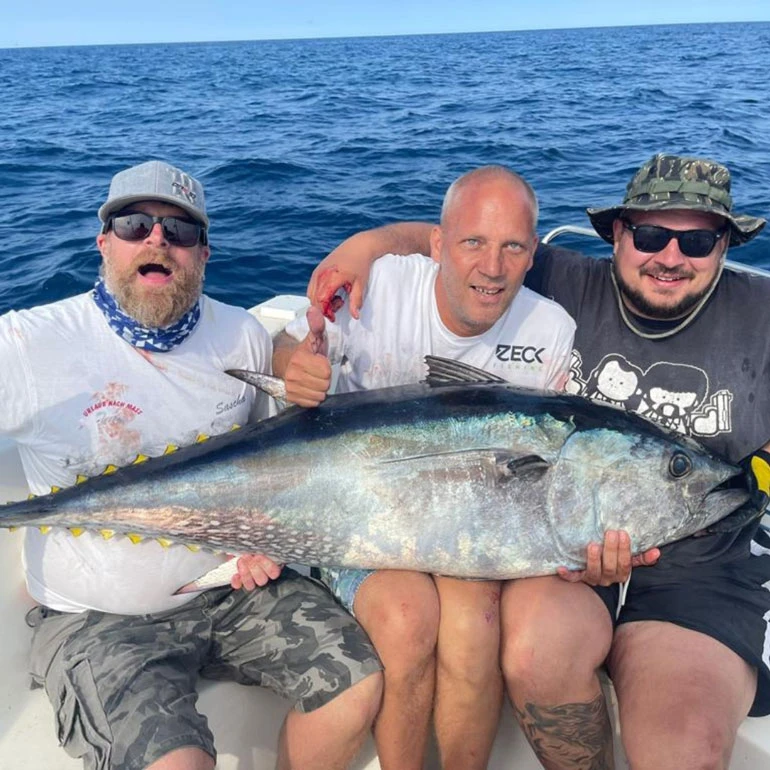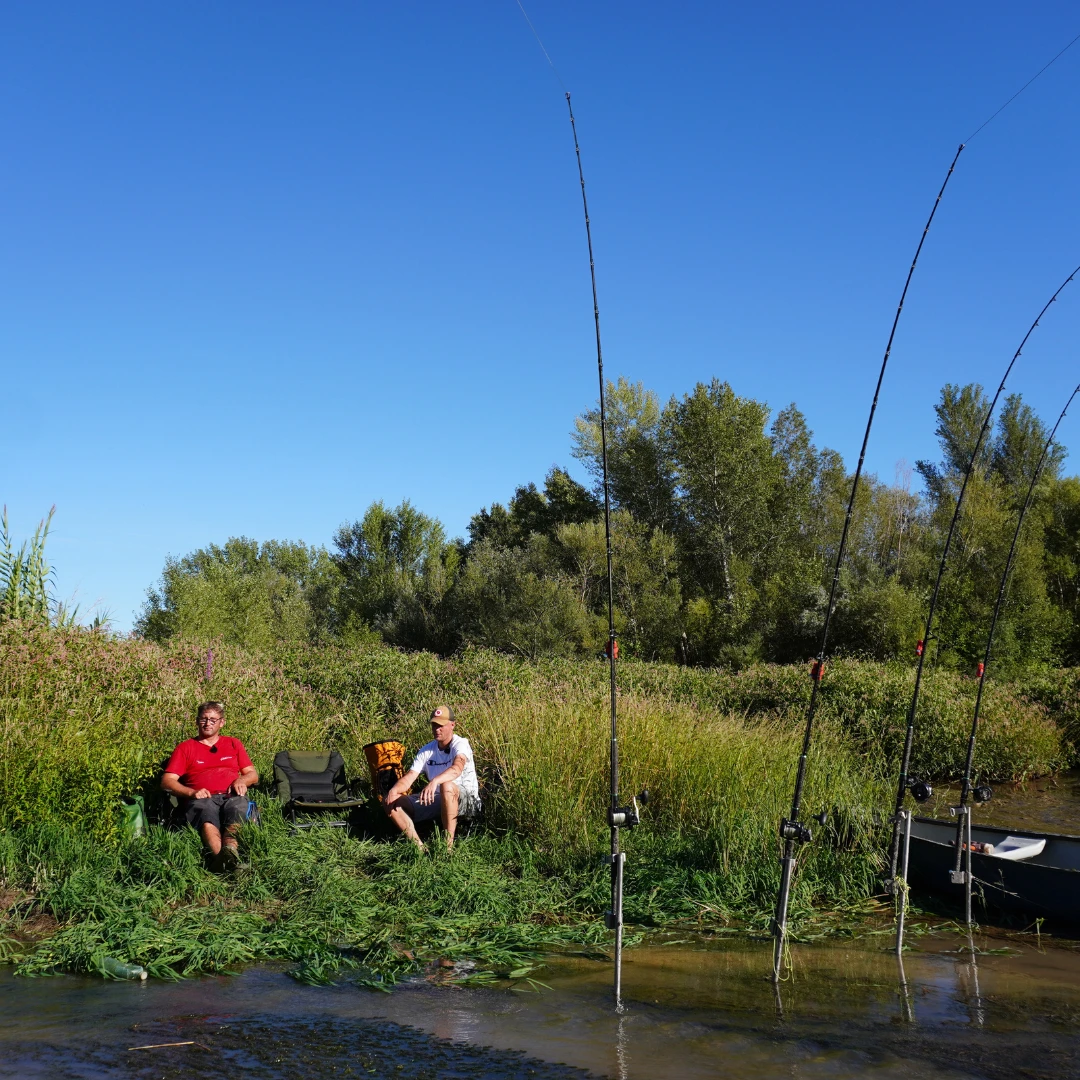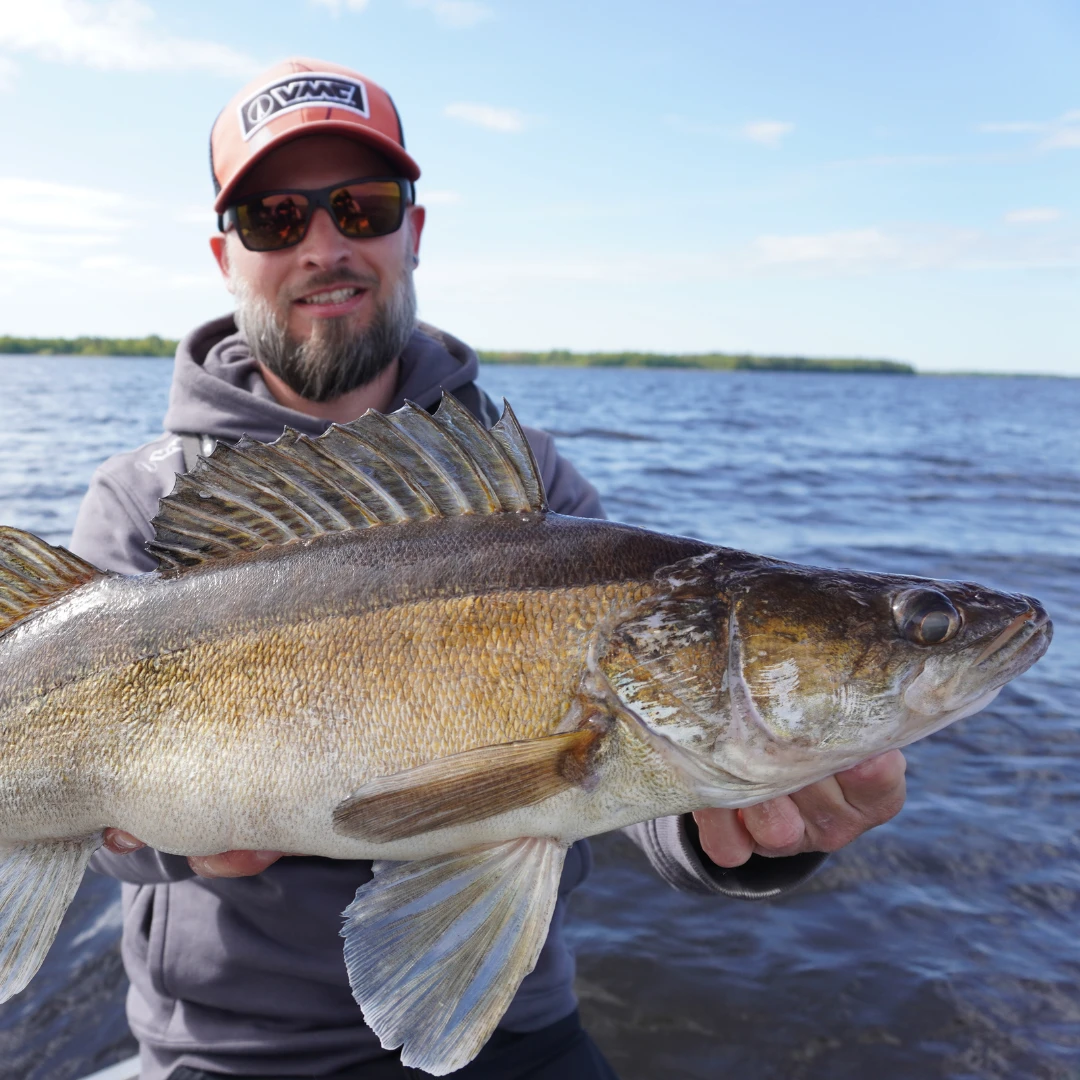
31
Jan
Fishing for Zander in Winter
Inhalt: Winter Zander Fishing: A Brief Overview Zander Fishing in Winter: 3 Tips to Guarantee Your Catch Winter Zander Lures: Successful Overview Winter Zander with Baitfish Winter Zander with Soft Plastic or Wobbler Where to Find Zander in Winter? Winter Zander Fishing: Harbors are Hotspots Winter Zander in Canals Fish with a Zander Pro
Winter Zander Fishing: A Brief Overview
Fishing for Zander remains one of the most popular methods among predatory anglers, even in the winter. As the water temperatures drop, certain fish behavior patterns change, while others remain consistent compared to other seasons. In this blog post, we provide insights into the right bait selection, spot choices, and everything else you need to successfully catch Zander during the cold season.
Learn from the Zander Pro: Some of the tips and tricks in this post come from experienced Zander fishing guides. If you prefer hands-on learning directly by the water, you can find a suitable fishing guide here.
Zander Fishing in Winter: 3 Tips to Guarantee Your Catch
-
Zander are Deep (but not always) The well-known rule for winter fishing, applicable to most fish species, is that fish reside deep. This holds true for Zander, especially in stagnant waters during the daytime. However, during the night and twilight phases, the situation may vary. Note: If you don't intend to use or keep a fish, avoid fishing in depths below 10 meters in deep waters, as fish lifted too quickly often struggle with pressure changes.
-
Zander are Lazy = Slow Bait Retrieval Even in summer, Zander's laziness is apparent. The "lazing around" method, where the lure is accelerated by just one crank rotation, is a testament to their sluggish nature. Zander prefer slow-moving lures, especially in winter when their metabolism slows down to conserve energy efficiently.
3. Best Methods for Slow Bait Retrieval:
- Dropshot Fishing: Ideal for winter with a slow and controlled presentation just above the bottom.
- Carolina Rig: Separate weight and lure for a slow retrieval.
- Wobbler Fishing: Effective in rivers and night fishing during winter with a monotonous, slow retrieve.
Winter Zander Lures: Successful Overview
Interestingly, Zander's lure preferences hardly change in winter compared to other seasons. While the general rule that smaller lures are used in summer than in winter applies to Zander, the key is offering a lure that requires minimal effort for maximum nourishment.
Winter Zander with Baitfish
Fishing with baitfish for Zander has always been one of the best methods. Especially in harbors, canals, and lakes, winter fishing can be very effective. Using a basic or float rig is easy in these waters, as neither current nor annoying snags complicate baitfish fishing. In slow-flowing rivers with few snags, place your baitfish in deep and current-protected areas, such as washed-out holes, backflows, and current shadows, for good results. Typical Zander baitfish like small roach, bleak, or gudgeon, i.e., small to medium-sized baitfish between 8-15 cm, work well. In waters connected to the sea, smelt can be a secret weapon. However, always offer what Zander naturally finds in the water.
Winter Zander with Soft Plastic or Wobbler
Both soft plastics and wobblers work well in winter if used correctly. Generally, fish 12 cm long soft plastics slowly through deep water areas. Use shallow-running wobblers best during dusk and night along shallow riverbanks, harbor entrances, and lakes. Even in winter, Zander move their prey into extremely shallow areas at night. For this, 12 cm long, shallow-running wobblers, preferably in black, are recommended.
Where to Find Zander in Winter?
As mentioned, in winter, there are essentially two locations for Zander: deep during the day and shallow at night. However, all this is just a theory unless there is prey in these areas. In winter, the fish population concentrates in a very small area of the water, usually in the warmest zone. So, if you figure out the behavior patterns of prey fish in your water and know where they are, you've located the Zander.
Winter Zander Fishing: Harbors are Hotspots
Water temperature is crucial in winter. Particularly, harbors with active industries, warm water inlets, numerous heated buildings, etc., are perfect retreats for fish in winter. In large rivers like the Rhine, Elbe, or Danube, many fish move from the fast-flowing river water to the calm and usually warmer harbor water for wintering. If you have a harbor with such features nearby, give it a try in winter. Spund walls are absolute hotspots in any harbor. Often, Zander in winter are positioned almost glued, a few centimeters from the spund wall.
Winter Zander in Canals
Canals can be very frustrating waters, seeming endlessly fishless. Why? Often, the seemingly endless stretches appear completely devoid of fish. And the worst part: often, they are. The rule for canals at any time of the year is to find spots with structure and food offerings. This includes slight deviations from the "dreary," monotonous canal stretch, such as slight depressions created by boats at a dock, bridges, small stone structures on the shore, weirs, or locks. But the very positive news is that many fish in winter move from the river connected to the canal to adjacent canals. Again, for the same reasons, slow or standing water makes wintering for prey and predators much easier.
Fish with a Zander Pro
Winter Zander fishing is a challenge for both individuals and equipment. Dealing with frozen rings, having patience, and enduring days without catches are necessary skills. With an experienced fishing guide by your side, fishing will be easier, and you'll learn winter Zander fishing directly by the water. What are you waiting for? Book your guided Zander fishing tour easily and directly online.
